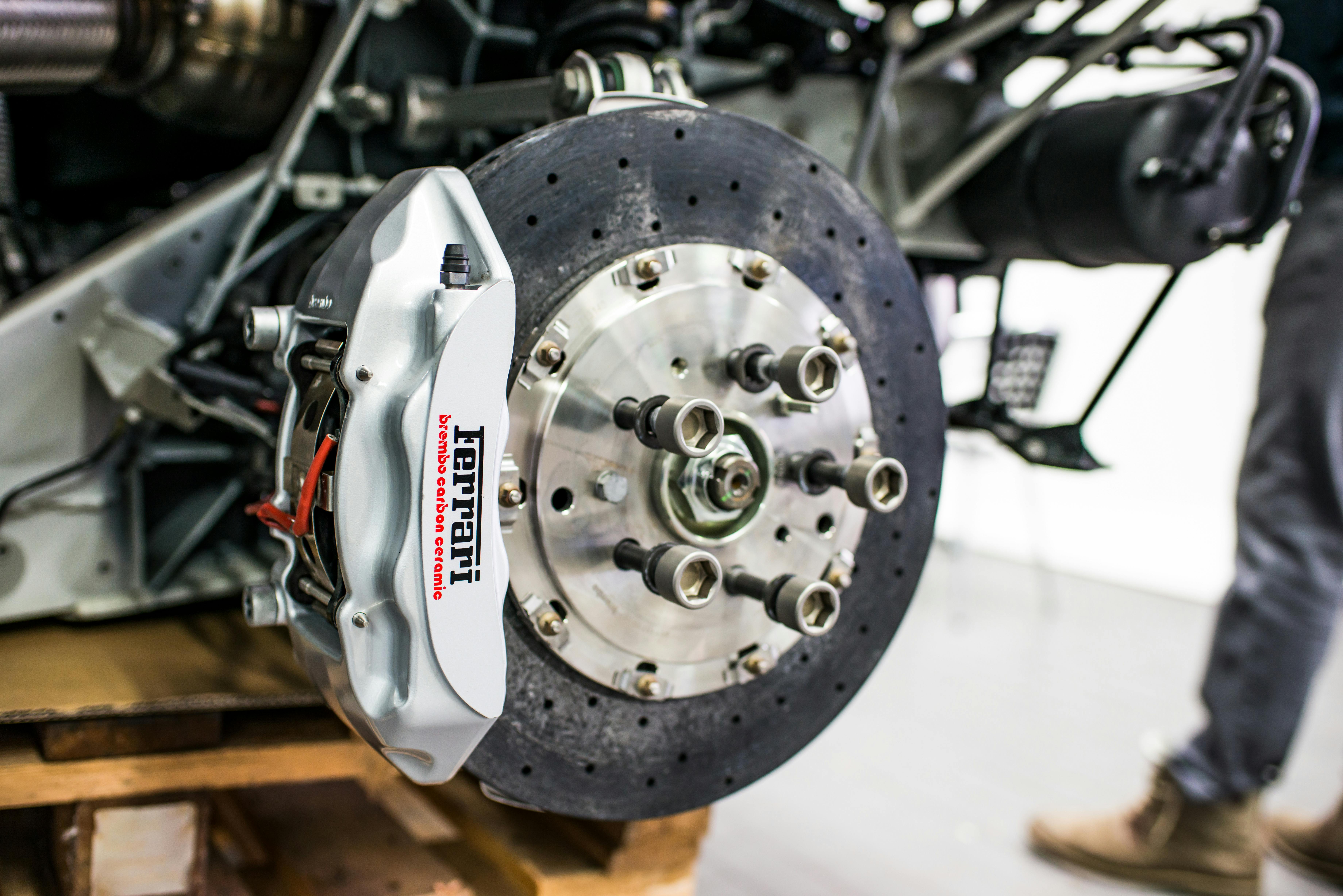“Hyperrealism is a genre of painting (and sculpture) that resembles high-resolution photography and is an entire school of art that evolved naturally from Pop Art, which led naturally to Photorealism.
Consequently, Hyperrealism is effectively an advancement of Photorealism. However, while the Photorealists reproduced photographs so accurately that the human eye could not distinguish between the original photograph and the resulting painting, the Hyperrealists took the techniques employed much further, developing ways to infuse narrative, charm, and emotion into their paintings. , which from a distance point of view look like photographs but, on closer examination, clearly are not.
The term “hyperrealism” was primarily applied to an independent art movement and style of art in the United States and Europe that has developed since the early 2000s.
evolved from the word hyperrealism, which was first used by Isy Brachot in 1973 as a French word meaning photorealism. It was the title of an important catalog and exhibition at his gallery in Brussels Belgium in that year. Since then, European artists and dealers have used the word hyperrealism to describe painters influenced by photorealists”.
The Encyclopedia Britannica defines hyperrealism as an “American artistic movement that began in the 1960s, taking photography as its inspiration. Photorealist painters created highly illusionistic images that did not refer to nature but to the reproduced image. Artists.. “They tried to reproduce what the camera could record. Various sculptors…were also associated with this movement. Like painters, who relied on photographs, sculptors molded from living models and thereby achieved a simulated reality.” .
While the Encyclopaedia Britannica is content to place Hyperrealism in a semi-historical context and leave it at that, Wikipedia goes further in defining the difference between Photorealism and Hyperrealism: “Hyperrealism,” it says, “is contrasted with the literal approach found in the traditional literature”. Photorealistic paintings from the late 20th century. Hyperrealist painters and sculptors use photographic images as Reference source from which to create a more definitive and detailed rendering, one that, unlike photorealism, is often narrative and emotive in its depictions… The photorealist style of painting was exceptionally strict, precise, and keenly mechanical with an emphasis in mundane everyday images, as was an evolution of Pop Art.
Hyperrealism, on the other hand, while photographic in essence, can often involve a much more complex and softer focus on the depicted subject, presenting it as a living, tangible object. These objects and scenes in hyper-realistic paintings and sculptures are meticulously detailed to create the illusion of a new reality not seen in the original photo. That is not to say that they are surreal, as illusion is a convincing representation of (simulated) reality.
Textures, surfaces, lighting effects, and shadows are painted to appear clearer and sharper than the reference photo or even the actual subject itself.”
Many artists, dealers, gallery and museum curators confuse the issue because there is no static definition of Hyperrealism. Consequently, photorealist artists are often described as hyperrealists, and vice versa. The true hyperrealist, however, is not a mere copyist. The true hyperrealist recognizes that despite the extraordinary technical skills required in photorealism (not least when creating hyperrealistic paintings), there isn’t much point in simply reproducing a photograph as a painting; Why not just print the larger original photograph, he argues.
Instead, the hyperrealist interprets reference photography – or in many cases multiple reference photographs – and with the use of artistic license and specific and highly individualistic techniques of color and detail, he is able to add charm, emotion and ‘soul’ to his paintings, thus giving to his works with a mystical, even magical quality that simply does not exist in photorealist paintings. It is for this reason that hyperrealism is considered an advancement over photorealism.




